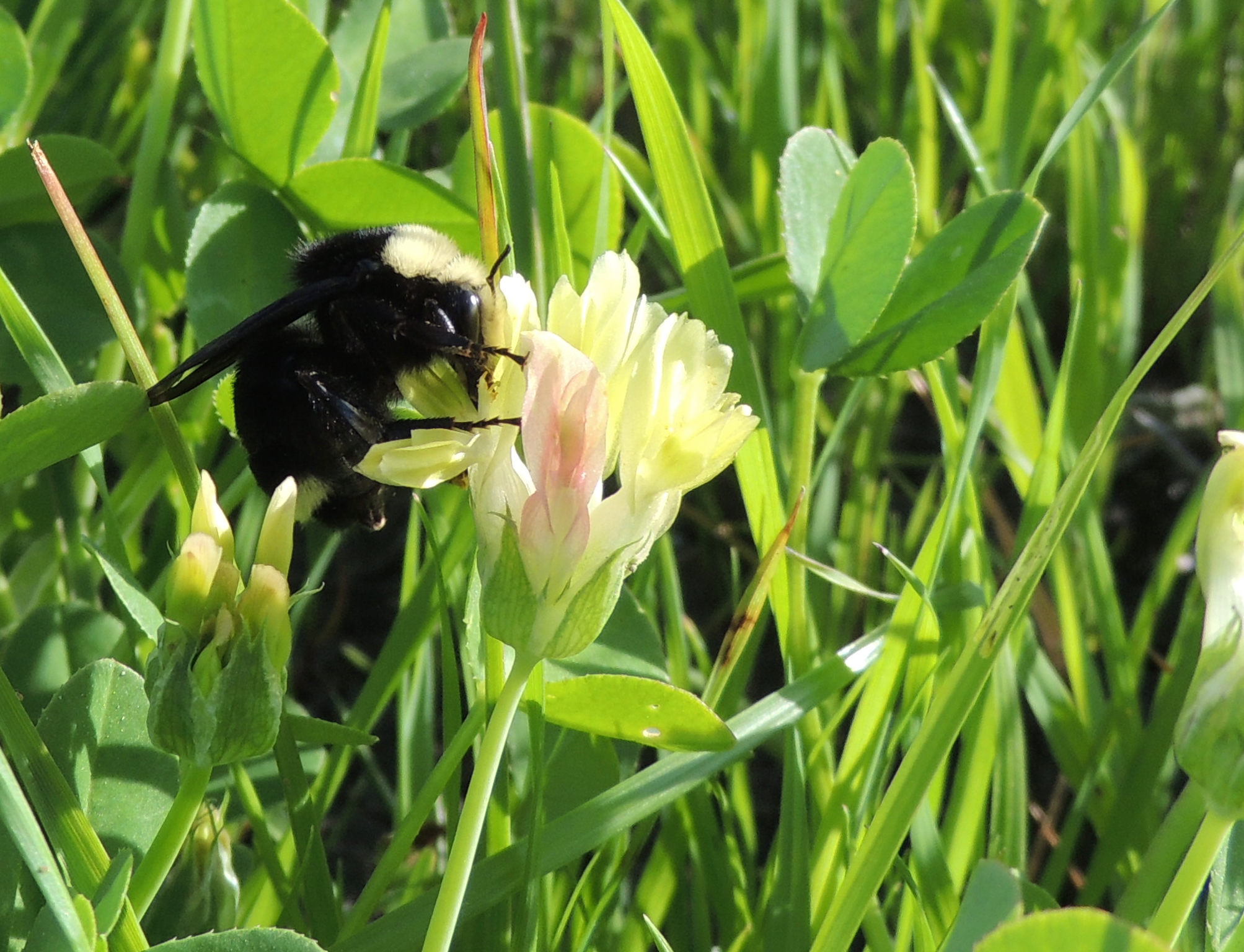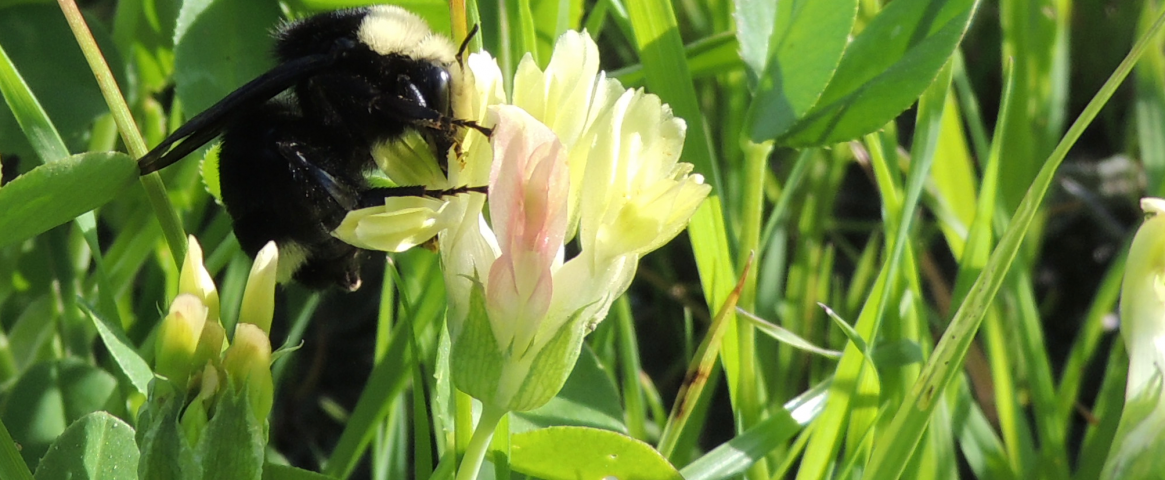By Ashleigh Papp
Amid the charred tree stumps and blackened soil, an unexpected pioneer buzzes onto the scene. The yellow-faced bumblebee has come to reclaim the wildfire-ravaged landscape.
In the months and years following two fires that swept through the University of California's McLaughlin Natural Reserve in the summer of 2015, yellow-faced bumblebee populations nearly tripled, body size increased, and queen bees – the matriarchs responsible for building new colonies – boomed, according to a new study in the Journal of Animal Ecology.
"Wild bees are silently going extinct," said Lauren Ponisio, an entomologist at the University of Oregon who was not involved in the study. "This study is establishing a baseline that will help land managers make critical decisions about how to prescribe and respond to fire in the future."
Bumblebees are critical pollinators for roughly 75 percent of the world's flowering plants, two-thirds of which are crops. They are essential for tomato plants’ survival: without bumblebees, greenhouses could not grow tomatoes.

Following the McLaughlin fire, John Mola, a research ecologist with USGS, tracked over 600 yellow-faced bumblebees for 2 years as they flitted from flower to flower. Mola and his team used a metal ruler with precision pincers to measure body size, and nets to gauge population size and number of queens. They also snipped a small piece of the worker bumblebees' hind leg, or tarsal, to test for genetic similarities that would determine which colonies the bees belonged to.
The genetic testing revealed that the number of colonies, or distinct groups of bumblebees with unique lineages, nearly tripled in burned areas, compared to areas that were unscathed. More colonies create a deeper genetic pool for bees to pull from.
Individual bees benefitted from wildfire as well. A four percent increase in body size was recorded only in the burned areas; body size was unchanged at unburned sites. Larger bees contribute more resources to the colony and produce more queens over time.
The number of queen bumblebees grew dramatically in the two years following the 2015 fires — from 77 to 330. Worker bees live only a matter of weeks. Queens, on the other hand, live for a full year, producing an entire colony from their hibernated clutch of eggs.
The spike in queen numbers was seen in both burned and unburned sites. According to Mola, this has a profound impact on colony productivity — with more queens comes more colonies, and more worker bees. More workers mean more pollination.
When spring rains sweep through a fire-stricken area, valuable resources become available. No longer dense and woody, the scorched chaparral of the McLaughlin Reserve, in Northern California, offers a bounty of space, light, and nutrients for small grasses and flowers to thrive. "We found that the benefits of wildfire can spill over into places that weren't affected, spreading the pulse widely across an environment," Mola said.
Previous studies examining such shifts in resources have used correlation and extrapolation tools to make educated guesses about effects, but this study is the first of its kind to compare data gathered immediately before and after a wildfire, Mola said. "We lucked out," he said. The wildfires "provided a unique opportunity to do something new."
The long-term effects of wildfire in the nature reserve remain to be seen. But the immediate aftermath could offer insights into how restoration efforts like prescribed burning can help bumblebees and other at-risk pollinating species. Choosing the right season for an intentional fire is important, as is determining how fires affect underground beehives, Mola noted.
The findings can also be used to guide conservation efforts for more threatened species, like the endangered rusty patched bumblebee. The links between fire, a boom in flowers and an increased bee colony and body size, Mola said, is "likely to transfer over to other bumble bees."
Ashleigh Papp is a science writer based in Santa Cruz, CA and a recent grad of the UCSC Science Communication program. She has a background in animal science and biology, and enjoys writing about emerging environmental issues, wildlife, and conservation-related field research. Follow her on Twitter @HeySmartAsh, or find more of her work at www.ashleighpapp.com.
This story was produced as part of NASW's David Perlman Summer Mentoring Program, which was launched in 2020 by our Education Committee. Papp was mentored by Rich Stone.



